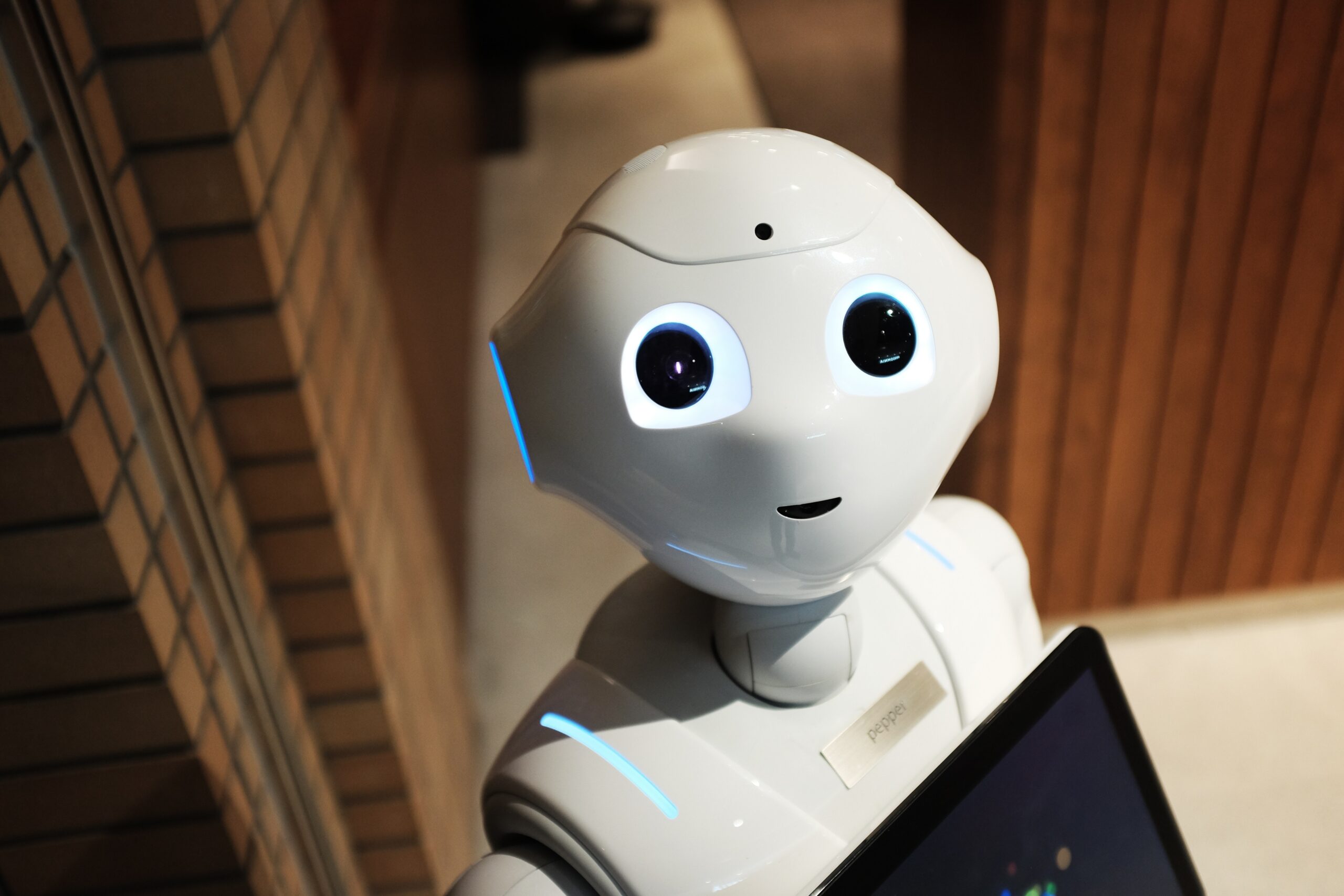human| Network Optimization job what work required ai
human||Network optimization jobs require a combination of both artificial intelligence (AI) and human expertise. While AI technologies play a crucial role in automating and enhancing various aspects of network optimization, human intervention and expertise are still essential for several reasons:
1. Problem Definition and Design: Humans are responsible for understanding the specific optimization goals and requirements of the network. They define the problem space, set objectives, and determine the key performance indicators (KPIs) that need to be optimized. This involves understanding the business context, user requirements, and network constraints.
2. Data Preparation and Feature Engineering: Humans play a critical role in preparing the data required for network optimization. They collect and preprocess network data, ensuring data quality and relevance. Feature engineering, which involves selecting and creating meaningful features from raw data, also requires human expertise to extract the most relevant information for the optimization process.
3. Algorithm Selection and Customization: AI professionals and network optimization experts work together to select the appropriate AI algorithms and techniques that best address the optimization problem. They evaluate different algorithms, customize them if necessary, and tune their parameters to achieve optimal results. Human expertise is crucial in making informed decisions about algorithm selection based on the specific network requirements and constraints.
4. Model Training and Evaluation: While AI algorithms perform the heavy lifting of learning from data, humans are responsible for training and evaluating these models. They curate and label training datasets, ensure the models are trained on representative data, and validate the models’ performance against desired metrics. Human judgment is necessary to assess model accuracy, detect biases, and interpret the results.
5. Interpretation and Decision-Making: AI models provide insights and recommendations, but it is humans who make the final decisions based on those insights. Human experts interpret the AI-generated results, consider domain-specific knowledge, and apply their experience to make informed decisions that align with business objectives and network requirements. They consider trade-offs, such as balancing performance, cost, and security, to make optimal decisions.
6. Continuous Monitoring and Adaptation: Once the optimization strategies are implemented, ongoing monitoring and adaptation are necessary. Humans continuously monitor network performance, assess the effectiveness of the optimization techniques, and make adjustments as needed. They identify new optimization opportunities, address emerging challenges, and adapt the AI-based solutions to changing network dynamics.
In summary, network optimization jobs require a collaborative effort between AI technologies and human expertise. While AI plays a vital role in automating tasks, analyzing data, and providing recommendations, human professionals bring their domain knowledge, problem-solving skills, and critical thinking abilities to define objectives, interpret results, and make informed decisions. The combination of AI and human expertise leads to more effective and tailored network optimization solutions.



